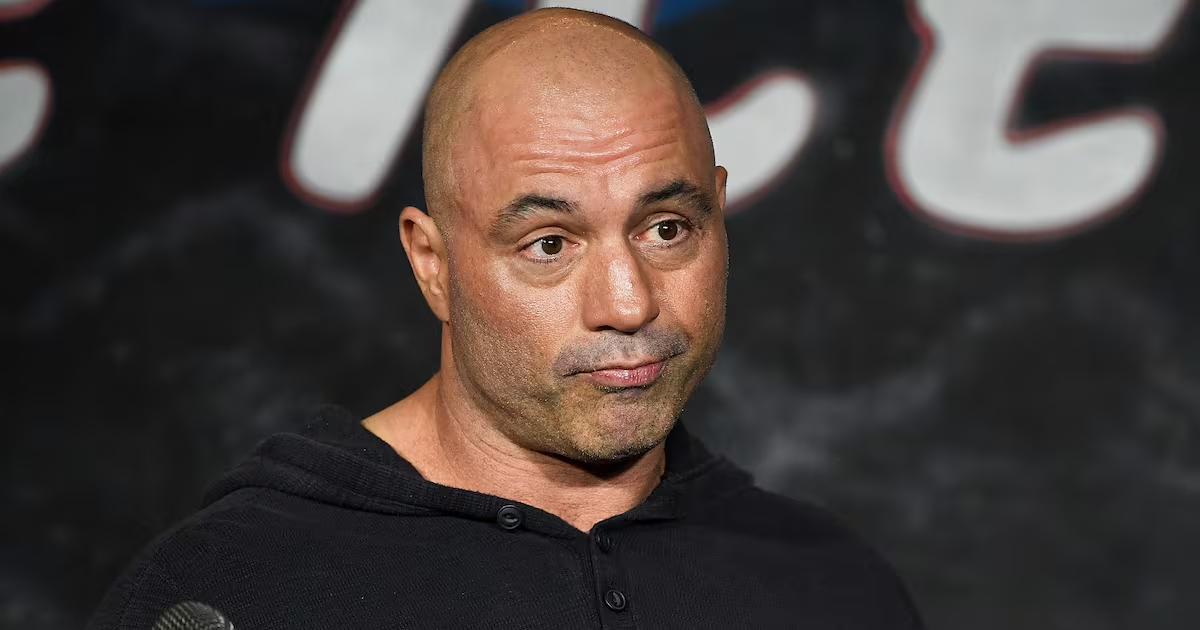Models and model wannabes around the country are giving one last Tyra-approved ‘smize,’ one last perfect booty tooch, in honor of America’s Next Top Model’s final strut down the runway Friday night.
After 12 years and 22 seasons (“cycles” to those in the know), the show that brought the elusive modeling industry into living rooms around America is coming to an end, but not without leaving its mark.
Before the Kardashians ruled the airwaves, before housewives across the U.S. were flipping over tables and competing for the award of who can host the most ridiculously expensive party, supermodel Tyra Banks was Queen Bee of the burgeoning reality TV scene.
When the inaugural episode of her new competition show aired in May 2003, it was one of the first of its kind (Survivor and American Idol were two of the rare hits that preceded it).
America’s Next Top Model offered girls from around the country—from small towns in Arkansas to big city L.A.—a chance to break into an industry that is notoriously hard to crack.
Along with a handful of handpicked experts and fellow judges, Banks gave the prospective models makeovers (often involving extreme haircuts), taught the girls to walk and pose, and set up competitive photo shoots and runway shows with some of the top industry professionals.
While she spewed Tyra-isms and life lessons to eager young modelettes, millions around the country tuned in to watch the action.
“I think that [the show] did [bring] an awareness about the business and it did bring a bit of visibility and a bit of know-how to the amount of work it takes, and that’s pretty valuable,” Jason Valenta, Head of Scouting for Next Model Management, tells The Daily Beast.
Valenta acknowledges that the industry is “quite insular and… in it’s own way exclusive.” The show opened up this world, and helped give interested girls a sneak peak that made modeling seem a bit more accessible.
“I can remember vividly the massive increase in blind submissions that would pour into the agency after ANTM became a sensation,” Tiffany Press, an agent at New York Model Management, says via email.
ANTM’s impact was strongest in it’s early seasons. Over time, Press says, the ANTM mentions among new models died out.
The recent rise of social media arguably made the increased accessibility of the industry inevitable; top models like Karlie Kloss, Kendall Jenner, and Gigi Hadid now document every photo shoot, runway strut, and daily happening in their lives as fashion “It” girls.
But Banks’s Top Model empire gave this process a head start and presented—at least on its surface—a picture of modeling that the reigning Kloss’s of the world can’t: it takes a lot of hard work to get to the top.
“Everyone thinks it’s just a girl being pretty and she makes so much money because she’s skinny and she’s tall. [But] it’s hard work, it’s like a sport,” Valenta says. “I think that show did capture that essence of it, with girls having to shoot in uncomfortable situations or girls needing to not just be pretty. Tyra would read them if they were just being boring.”
But while ANTM may have helped bust the stereotype of the lazy model who just shows up and looks pretty, it may also have contributed to misconceptions among model wannabes who see the glamor of the show and think modeling is all high fashion shoots and free, all-inclusive makeovers.
“It’s very hard to make a living as a model unless you’re extremely successful,” Meredith Hattam, Digital Strategist and Advisory Board Member of The Model Alliance, says. “The show just kind of frames modeling as this lucrative industry where, once you’re accepted, it’s like your ticket to success… I would say it’s impacted the industry for me for the worse in terms of the misconceptions that it’s brewed.”
America’s Next Top Model was, after all, a reality show, and its number one commandment was to entertain. (Despite her reservations, Hattam says the show’s end is “sad” because it was “highly entertaining” and part of “the cultural fabric of a lot of people’s lives.”)
It may have been one of the pioneers of the genre, but it embraced high drama and intrigue with the best of the hits that followed.
Banks was an outrageous, lovable, often overly dramatic host. (One of her most memorable moments occurred in cycle 4 when she screamed at one of the girls for not taking the competition seriously enough and coined the viral phrase, “I have never in my life yelled at a girl like this.”)
The challenges, while positioned as giving the contestants a taste of the world of high fashion modeling, were more often constructed for high drama and some spectacular failures.
Crazy stunts included (but were certainly not limited to) making the contestants strut their stuff in dangerously high heels (one girl had to crawl off the runway); staging a runway show on a constantly moving, tilting runway positioned over a pool of water (a spill was inevitable… yet all the judges seemed shocked when it happened); an Indiana Jones-inspired runway that required models to dodge two swinging, heavy pendulums (a truly horrifying scene in which one girl was swept off the runway); and a shoot in which one model face-planted into Plexiglass, all to capture an artfully beautiful photo.
Then, of course, there were the photoshoots in which certain contestants were forced to face their fears of snakes/tarantulas/heights.
Tears were plentiful, make-up artists hovered nearby for touchups, and the gaggle of competitors debated will-she-or-won’t-she? in hushed whispers.
In the end, the terrified model in question inevitably sucked it up, took a killer photo, and was told she had learned the lesson of what it takes to be a true professional.
As the years went by, countless spinoffs popped up around the world—Australia, Italia, Brazil. All the while, the American version was increasingly losing the “reality” portion of reality TV.
In short, it got a little ridiculous.
“I used to have a joke… ‘ever since ANTM, models believe a supermodel means being able to do your eyeliner on top of an ice capped glacier,’” says Press, who says she was a fan of the show in its early days purely for its entertainment value.
“It definitely did not give a realistic idea of the maturation process and development of a model. Crucial areas like time management and interpersonal skills were trivialized [by] gimmicky stunts and challenges.”
Despite the name of the show, Banks-level supermodel-dom wasn’t granted fairy godmother-like to the winning contestants. And, in fact, none of the winners have gone on to be the next Moss or Delevingne.
The most successful past contestants are predominantly known for their work in other industries, like Analeigh Tipton, who took third place in cycle 11, and had a break-out acting role in 2011’s Crazy, Stupid, Love. Or Yaya DaCosta, a runner up in cycle 3, who modeled in magazines like Interview and Essence before earning a role on Chicago Med.
“I’ve worked with several models that have been on the show. I definitely don’t believe they came with more education about the business than any other girl I would take on,” Press says. “The truth is the majority of models in business who are in the age bracket of ANTM contestants already have a few years of real life experience under their belt. So the only real advantage ANTM contestants have had is that [they] came prepared with pretty good portfolios from the show to present.”
Participation can end up being a little more of a burden than a boon. DaCosta told E! News that she sometimes regrets participating in the show. Ultimately, she says it was a “positive thing because it taught me a lot about being in the public eye and it forced me to grow up.”
But she says that, to a lot of “directors of legit projects,” participation in the show was sometimes a “taboo thing.”
But while the show may not have always helped those who actually faced the gauntlet of runways and snappy judges, it did help to raise awareness about issues facing the fashion world.
Season after season, the competition pool was more diverse than most professional runways (a constant criticism after every fashion week). It also included groups still fighting for equal inclusion in the industry, like models who are transgender and plus-size. In cycle three, the judges turned one contestant down because she was frighteningly skinny.
“I didn’t create America’s Next Top Model to create some kind of modeling competition where I can give girls the opportunity to model,” Tyra Banks told USA Today. “Uh-uh. I created Top Model to expand the definition of beauty and to use the modeling industry as that microcosm of beauty worldwide.
“I need to show that you don’t have to be like this cookie-cutter thing where it’s like, ‘oh I look so perfect,’ but this beauty that’s interesting. A gap in the teeth, lips that are too big or too small, eyes that are on the side of the head where you look like an antelope and prey in the wild, foreheads that are too big. Just these things that are not typical. And I really think that after 22 cycles that we have changed what beauty means worldwide.”




